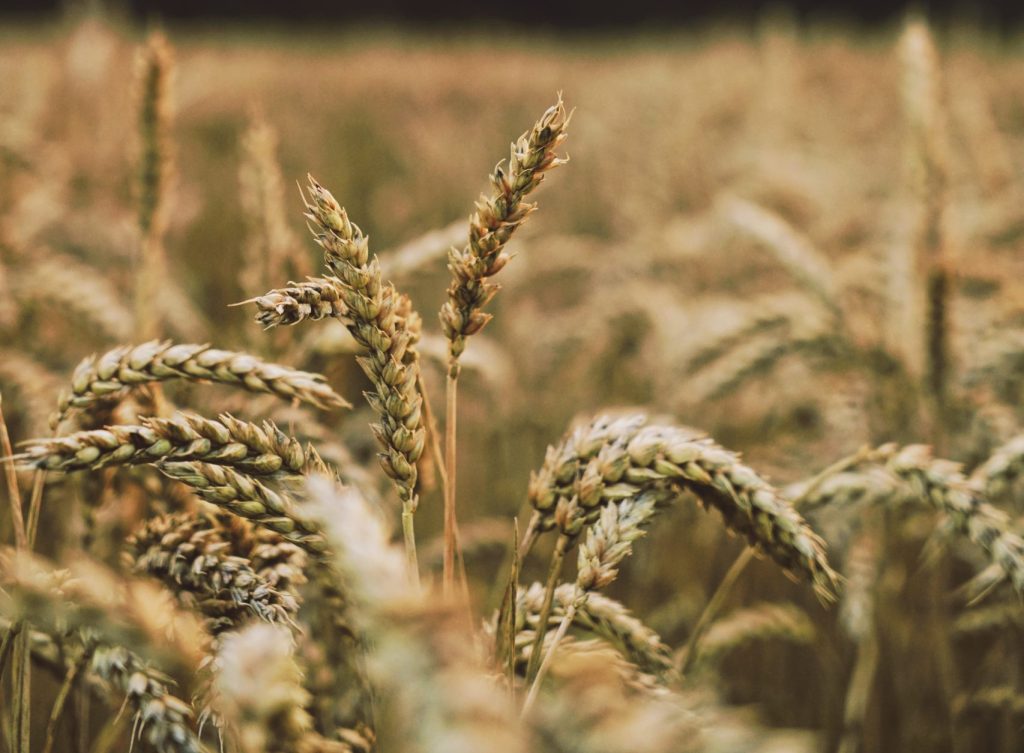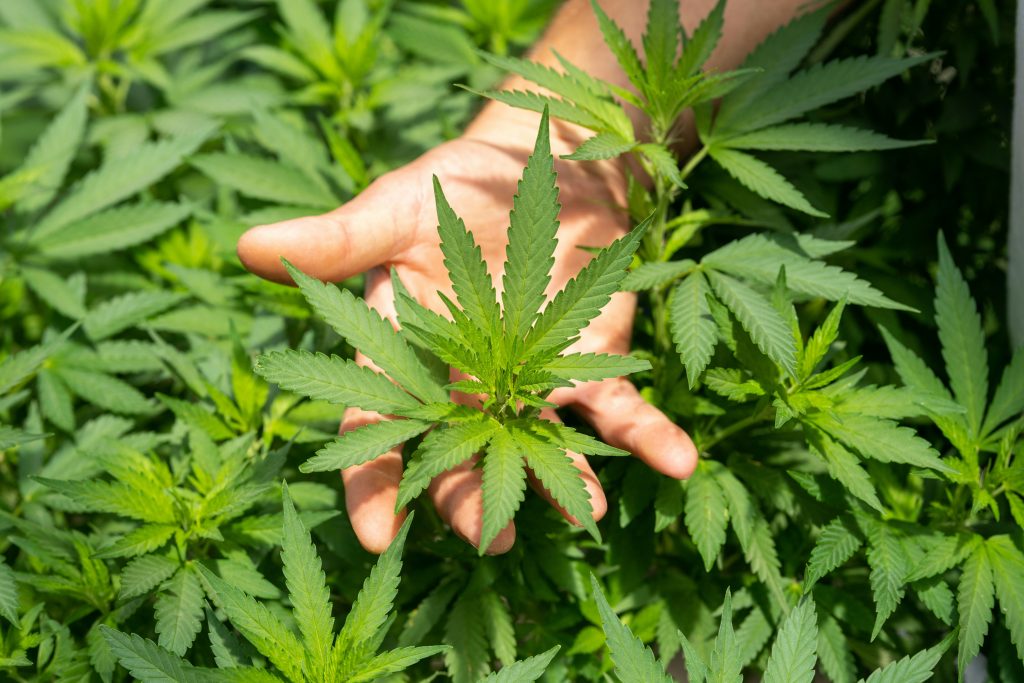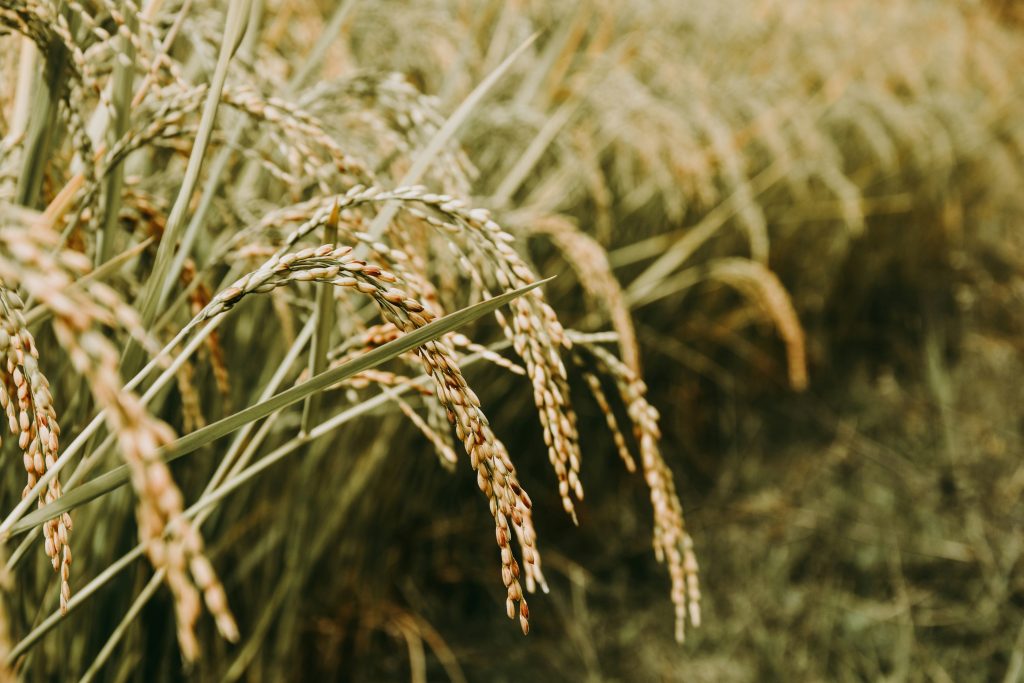In the vast realm of agriculture, understanding the diverse world of crops is essential. The classification of crops serves as a fundamental framework for comprehending the myriad varieties that contribute to our daily sustenance. This article will make you understand classifications, shedding light on the uses, life cycles, and morphological distinctions that define the rich tapestry of crops.
Classification of crops
Crops can be classified based on the following
- Classification of crops based on uses
- Classification based on life cycle
- Classification based on morphology
Classification of Crops Based on Uses
Cereal Crops
Cereal crops are the backbone of global agriculture, providing staple food items for millions. Examples include wheat, rice, maize, barley, oats, rye and sorghum. These crops form the cornerstone of our diets, offering sustenance in the form of bread, rice dishes, and various other grain-based products.
Fruit Crops
The vibrant world of fruit crops encompasses a spectrum of flavors and textures. From apples to oranges, fruits are not only delectable treats but also rich sources of essential vitamins and nutrients. The uses span from refreshing snacks to the creation of juices, jams, and desserts.
Vegetable Crops
Vegetable crops, a staple in culinary endeavors, contribute to a balanced diet. Tomatoes, carrots, cabbages, greens and spinach are just a few examples. These crops find their way into salads, stews, and an array of dishes, enhancing both flavor and nutritional content.
Beverage Crops
Beverage crops go beyond mere refreshment, often playing cultural and social roles. Tea leaves, coffee beans, and cocoa plants fall into this category. The uses extend from the brewing of comforting beverages to the creation of diverse concoctions enjoyed worldwide.
Pulse Crops
Pulse crops, including lentils and chickpeas, are rich in protein and essential nutrients. Their versatility in various cuisines makes them integral components of many dishes, from soups to savory snacks.
Root and Tuber Crops
Root and tuber crops, such as potatoes, cassava and yams, are valuable sources of carbohydrates. These crops find their way into diverse culinary creations, from mashed potatoes to casseroles, serving as hearty and filling staples.
Oil Crops
Oil crops, like soybeans, oil palm, coconuts and sunflowers, contribute to the production of cooking oils. These oils serve as cooking mediums, also used in skincare and are essential ingredients in numerous food preparations, adding flavor and nutritional value.
Latex Crops
Latex crops, including rubber trees, play a crucial role in industries beyond agriculture. The latex extracted from these crops serves as a raw material for the production of rubber, contributing to the manufacturing of various products.
Spices Crops
Spices, such as black pepper and cinnamon, add flavor and aroma to culinary delights. These crops are not only used to enhance the taste of dishes but also have historical significance and medicinal properties.
Fiber Crops
Fiber crops, like cotton and flax, contribute to the textile industry. The fibers extracted from these crops are used to create fabrics and textiles, shaping the fashion and manufacturing sectors.
Nut crops
Nut crops are a diverse group of plants that produce seeds encased in hard shells, offering a powerhouse of nutrients and culinary versatility. Examples include; almonds, chesnuts, walnuts, cashew nuts, groundnuts, coconuts, etc. They are an ideal choice for healthy snacks, spreadable creams, ice cream, and nut-containing foods.

Classification of Based on Life Cycle
Annual Crops
Annual crops complete their life cycle within a single year. Examples include maize and rice. These crops are often planted, mature, and harvested within a year, making them crucial for sustaining the yearly agricultural cycle.
Biennial Crops
Biennial crops, like carrots and onions, have a life cycle spanning two years. They typically grow foliage during the first year and produce flowers and seeds in the second year before completing their life cycle.
Perennial Crops
Perennial crops, such as fruit trees and some herbs, have a longer life span, often producing harvestable yields for several years. The longevity of these crops contributes to sustainable agricultural practices and reduces the need for frequent replanting.
Classification Based on Morphology
Monocotyledonous Crops
Monocotyledonous crops, exemplified by grains like wheat and barley, have seeds with a single cotyledon. These crops often have parallel leaf venation and floral parts in multiples of three, showcasing a unique morphological distinction.
Dicotyledonous Crops
Dicotyledonous crops, including beans and sunflowers, have seeds with two cotyledons. These crops typically exhibit reticulate leaf venation and floral parts in multiples of four or five, presenting a morphological contrast to monocotyledonous counterparts.
The bottom line
The classification of crops serves as a navigational guide through the intricate landscape of agriculture. From the essential cereal crops that form the foundation of our diets to the versatile perennial crops that endure across seasons, each classification offers insights into the diverse roles crops play in our lives. Understanding these classifications is not just an academic pursuit; it is a gateway to sustainable agriculture, culinary exploration, and the intricate interplay between nature and human civilization. As we continue to cultivate and harvest, let us appreciate the nuanced classifications that define the vibrant world of crops.

